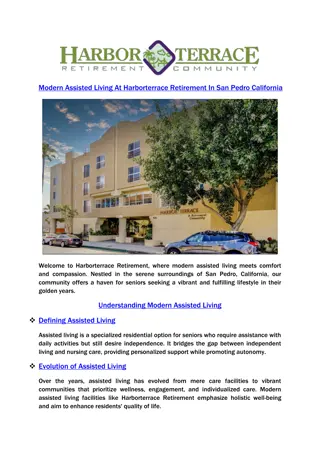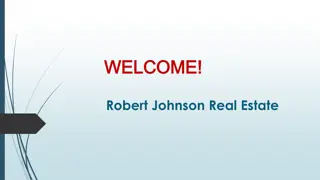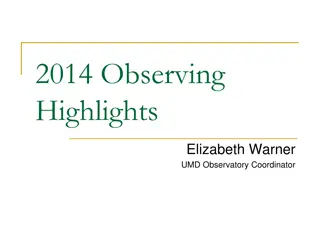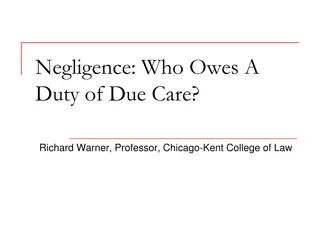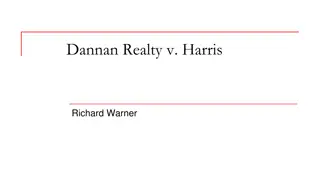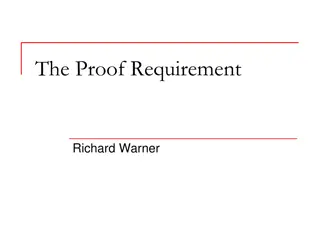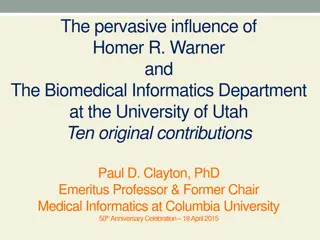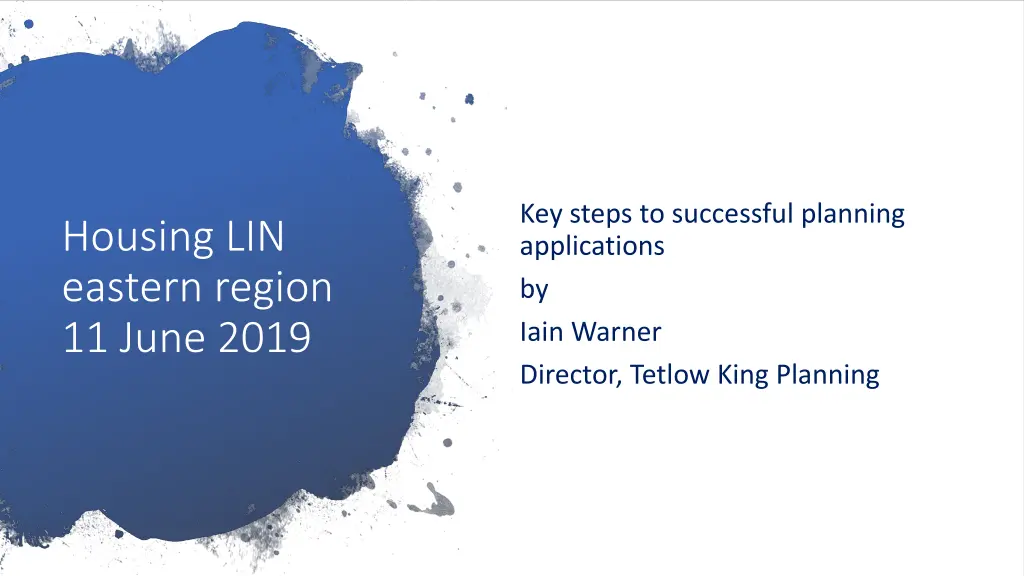
Successful Planning Applications Strategies
Explore essential steps for successful planning applications, including the Seven Ps of Planning, Plan Making Stages, Policy Examples, and LP 10 Care directives to meet future care needs and promote growth in the sector.
Download Presentation

Please find below an Image/Link to download the presentation.
The content on the website is provided AS IS for your information and personal use only. It may not be sold, licensed, or shared on other websites without obtaining consent from the author. If you encounter any issues during the download, it is possible that the publisher has removed the file from their server.
You are allowed to download the files provided on this website for personal or commercial use, subject to the condition that they are used lawfully. All files are the property of their respective owners.
The content on the website is provided AS IS for your information and personal use only. It may not be sold, licensed, or shared on other websites without obtaining consent from the author.
E N D
Presentation Transcript
Key steps to successful planning applications by Iain Warner Director, Tetlow King Planning Housing LIN eastern region 11 June 2019
Seven Ps of Planning roper lanning and reparation revents articularly oor erformance
Plan Making Stages of Preparation Evidence gathering (including Call for Sites, etc) Issues and Options Preferred Options (Regulation 18 stage) Pre-submission Consultation (Regulation 19 stage) Matter statements Examination in public
Policy Examples SHMA Supporting Evidence 6.5 The Objectively Assessed Need projections supplied by Edge Analytics indicate that the population aged 65 or over is going to increase dramatically over the plan period from 134,682 in 2015 to 205,906 in 2037, a rise of 52.9% 6.11 If it is presumed that occupation patterns remain at current levels then there is a requirement for 7,746 additional specialist units of which 7,157 should be sheltered housing and 319 extra care housing. The requirement for 7,746 additional specialist units for older people represents 10.4% of the total Objectively Assessed Need for the period 2014 to 2037
Policy LP 10 Care, Independent Assisted Living To meet the care needs of our future generations and generate growth in the care, independent and assisted living sector in line with the Economic Development Strategy, the Council will support the construction of high quality care homes and extra-care housing in sustainable locations. The Council will also work with the NHS, Essex County Council, care providers, educational establishments and businesses to promote technological advancements in the provision of care, improvements in training and qualifications for care professionals and support growth in the supply chain industries related to care and assisted living. The Council will support the provision of care homes and extra care housing within settlement development boundaries and, in particular, within the mix of accommodation for the residential and mixed-use developments across the District. The Council will also consider, on their merits, proposals for the development of new (including change of use to) care homes (Use Class C2) on land outside of settlement development boundaries where they will still support a sustainable pattern of growth in the District. Such developments must either: a) be located on a site safely accessible on foot within 800 metres of the edge of the settlement development boundary of one of the District s strategic urban settlements , smaller urban settlements or strategic rural service centres ; or b) be located on a site safely accessible on foot within 400 metres of the edge of the settlement development boundary of one of the District s rural service centres .
Community Consultation Who do we mean? Local planning authority Local interest groups Local residents / residents association Who else? Adult Social Care Clinical Commissioning Group
Planning Applications Technical Jargon or Laymen terms Teaching or Preaching Evidenced based approach Needs vs Benefits Balancing arguments
Needs vs Benefits: West Malling Appeal Extra Care Proposal in the Green Belt (December 2018) 63 Substantial weight is accorded to the overall harm to the Green Belt albeit that the harm to openness and encroachment is mitigated by the site s visual containment and limited public visibility. Nevertheless there are a number of other considerations to weigh against that harm. 64. I accord significant weight to the contribution that the development would make to general housing supply given the lack of a 5 year housing supply in the Borough, including through the likely consequential release on to the market of family housing as older residents move to the proposed development. 65. I accord substantial weight to the contribution that the development would make towards the need for specialist extra care housing for sale to older people which was not accurately estimated in the SHMA and for which the current and emerging development plan does not make adequate provision. 66. I accord significant weight to the health and well-being benefits for the future occupiers of the development 68. My overall conclusion is that these other considerations cumulatively clearly outweigh the harm to the Green Belt and as such qualify as very special circumstances. As the demonstration of very special circumstances accords with national policy the proposed development does accord with CS Policy CP3 and the other identified conflicts with the development plan are outweighed by other material considerations. The appeal should therefore be allowed. [Ref: APP/H2265/W/18/3202040]
Virginia Water extra care proposal in the Green Belt (February 2019) 33. It is not necessary for me to reach a conclusion on the need and supply of this type of housing because even if I were to accept the appellant s position on these matters, together with the other considerations in favour of development identified, these would attract no more than significant weight cumulatively. This would not be sufficient to outweigh the GB harm alone, let alone the cumulative harm that I have identified 38. I have concluded that the development would harm the GB and this harm attracts substantial weight. In addition, I have attached significant weight to the harm that would result to the character and appearance of the area. I have had regard to the considerations in favour of the development which I have attached significant weight but these are not sufficient, even cumulatively, to outweigh the harm. Consequently, the very special circumstances necessary to justify the proposed development have not been demonstrated. [Ref: APP/Q3630/W/18/3195463]
Delivery Compliance Conditions s106 Site visits During construction Post completion Why?
Conclusion vs

